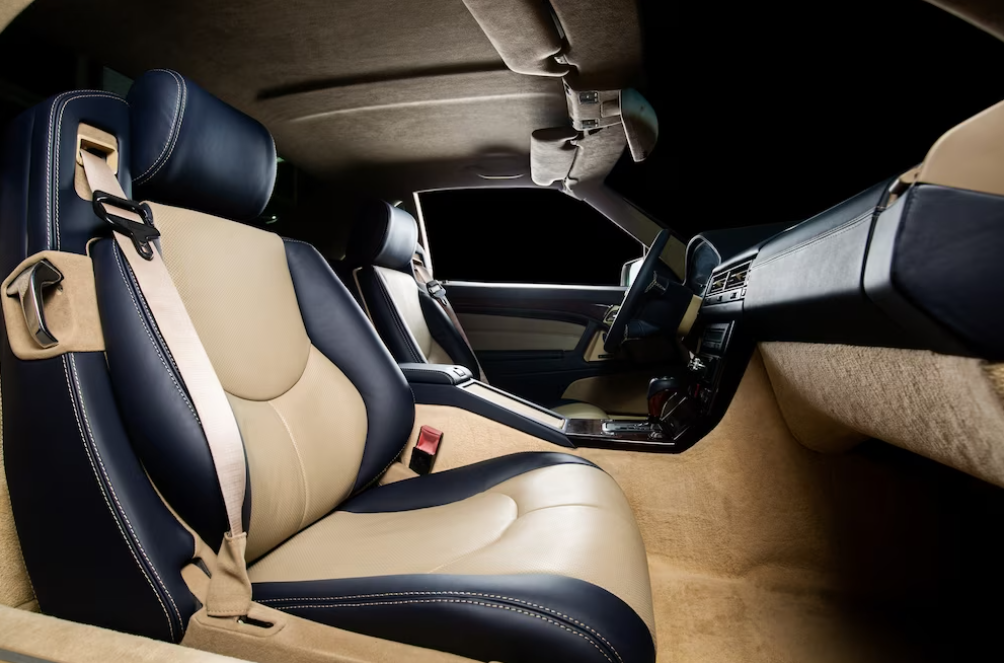How to Do a Burnout
Burnouts are frequently regarded as a symbol of pride within the racing and automotive community, yet they can pose risks if executed improperly. Doing a burnout requires knowledge of your vehicle’s handling and safety systems, as well as an understanding of how to properly present yourself on the track or street from both legal and civil standpoints. In this post, we'll explore what you need to know in order to perform a proper burnout safely while getting maximum torque out of your engine for optimal results.
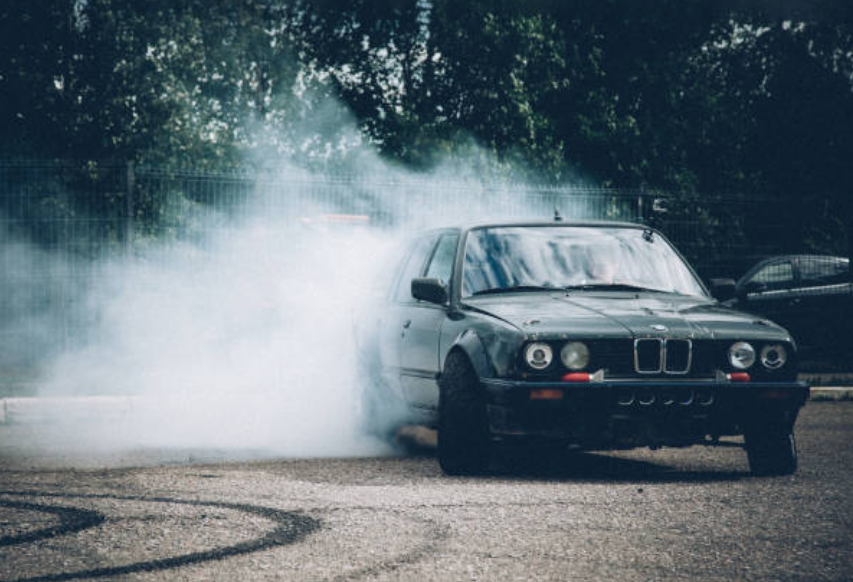
What is a Burnout?
A 'burnout' pertains to a specialized type of vehicle engineered for the explicit purpose of performing burnouts. Burnouts are a well-loved form of automotive entertainment where the driver intentionally spins the vehicle's wheels while stationary, resulting in billowing smoke and a distinctive screeching sound.
Burnout vehicles are usually enhanced with features like high-performance engines, upgraded suspension systems, and specialized tires that offer improved traction and durability during burnout demonstrations. These cars are commonly showcased at car exhibitions, motorsport gatherings, or dedicated burnout competitions, where drivers exhibit their prowess in crafting impressive burnout spectacles.
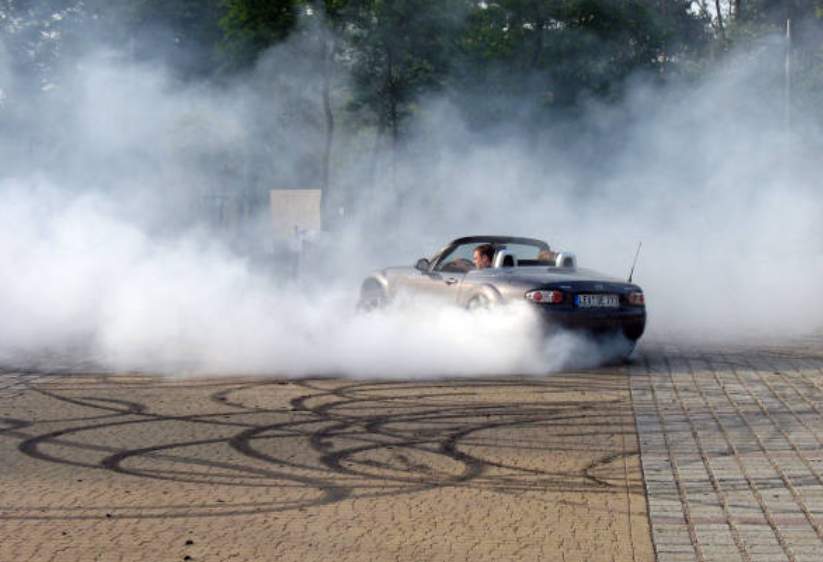
-
Find a Suitable Location: Search for a regulated and designated location where performing burnouts is permitted, such as a racetrack, drag strip, or private property with the owner's consent. Under no circumstances should you try a burnout on public roads.
-
Prepare Your Vehicle: Verify that your vehicle is in proper mechanical order. Inspect tire pressure, brakes, and other essential components to confirm their optimal functionality.
-
Warm Up Your Tires: Drive around the area to warm up your tires. This will improve traction during the burnout.
-
Position Your Vehicle: Position your vehicle to face forward, leaving ample space in front and behind it. Confirm the absence of any obstacles or individuals in the vicinity.
-
Engage the Handbrake: For manual transmission vehicles, lift the handbrake to activate it. In the case of automatic transmissions, maintain your left foot on the brake pedal.
-
Apply Full Throttle: While keeping the handbrake engaged or holding down the brake pedal, depress the accelerator pedal fully. This action will set the rear wheels in motion.
-
Release the Handbrake (Manual Transmission): With the engine revved up, release the handbrake quickly while maintaining full throttle. This will allow the spinning tires to break traction and create smoke.
-
Release the Brake Pedal (Automatic Transmission): While maintaining full throttle, slowly release the brake pedal. This will allow the vehicle to inch forward while the tires spin.
-
Control the Burnout: Utilize the steering wheel to retain control of the vehicle. Maintain your focus on the road and be ready to respond as necessary.
-
Monitor Tire Temperature: Pay attention to the temperature of your tires during the burnout. Excessive heat can cause tire damage or blowouts. Avoid extended burnouts to prevent overheating.
-
End the Burnout Safely: When you're ready to end the burnout, gradually release the throttle and apply the brakes gently. Allow the tires to cool down before performing another burnout.
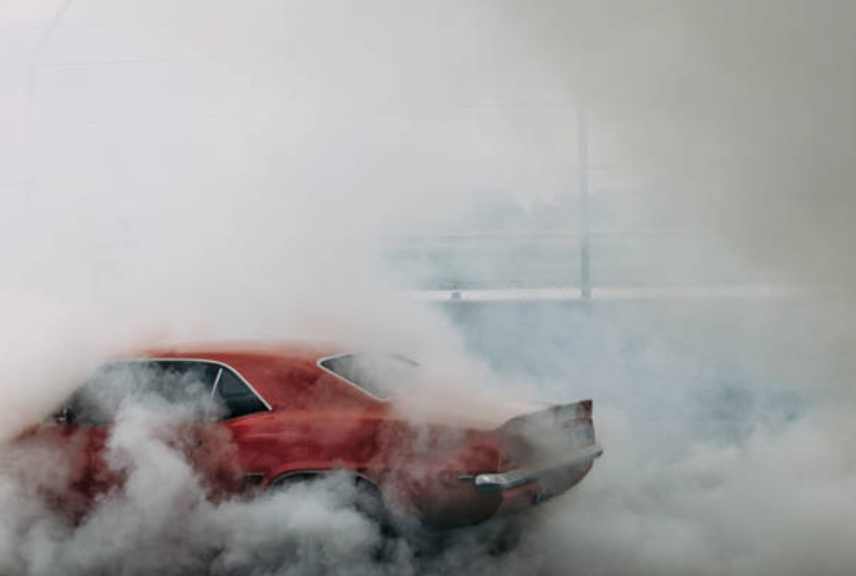
Mastering the art of a vehicle burnout demands practice, precision, and the application of a few essential techniques. To hone your burnout skills, consider the following tips. Firstly, it's crucial to understand your vehicle and its compatibility with burnouts, as different cars yield different results. Opt for rear-wheel drive cars, as they tend to be more burnout-friendly. Ensuring your vehicle is capable of burnouts is essential to prevent damage.
Secondly, the right tires are paramount; high-performance tires can endure the heat generated during burnouts more effectively. Additionally, selecting an appropriate location, like a racetrack or spacious private property free from obstacles, is a safety prerequisite. Always remember that burnout practice should exclusively occur in controlled environments and never on public roads, with full compliance with local laws and regulations being imperative.
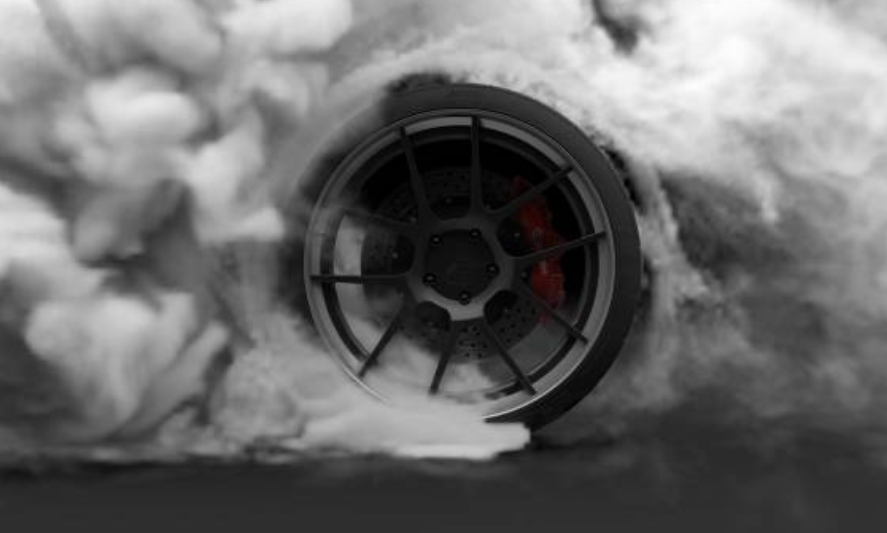
-
What is a line lock and how does it help with burnouts?
A line lock is a feature in some high-performance vehicles that locks the front brakes while allowing the rear wheels to spin freely. This feature makes it easier to perform burnouts safely and effectively.
-
Can I practice burnouts to improve my skills?
Practicing burnouts should only be done in controlled environments. It's essential to adhere to local laws and regulations and respect safety guidelines. Racing tracks or private properties with permission are suitable places for practice.
View another article here: The 10 Best Kevlar Gloves




